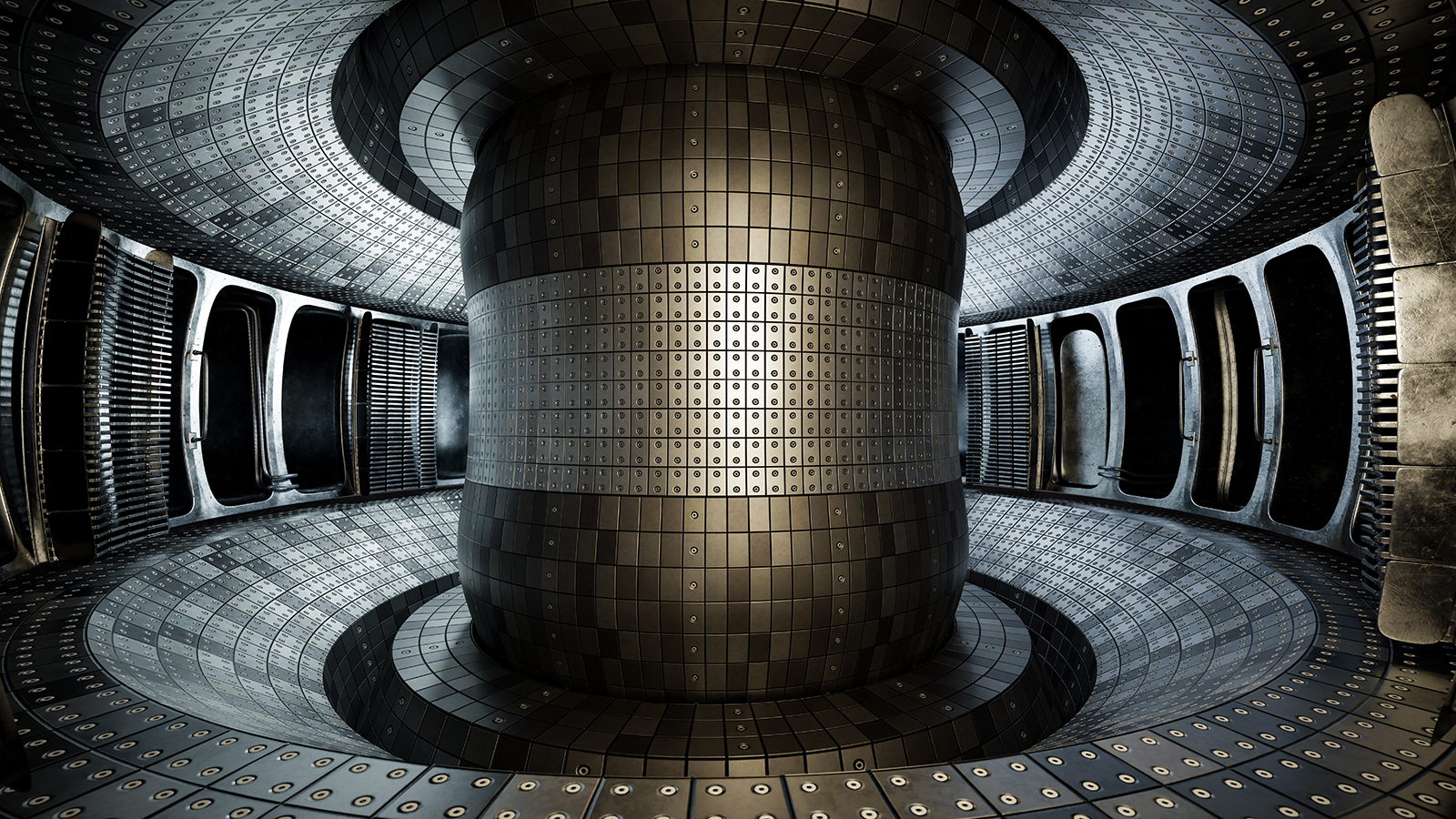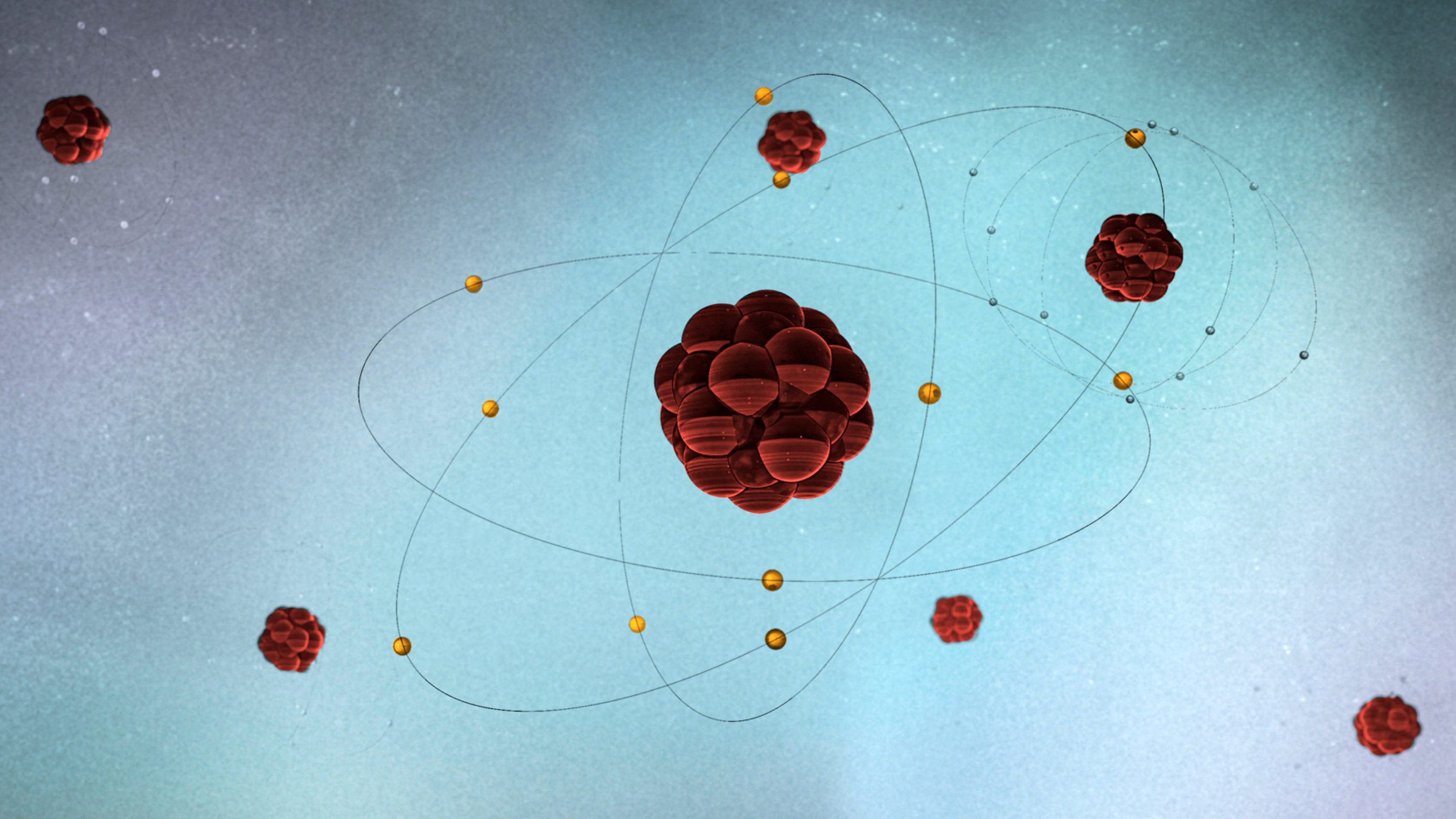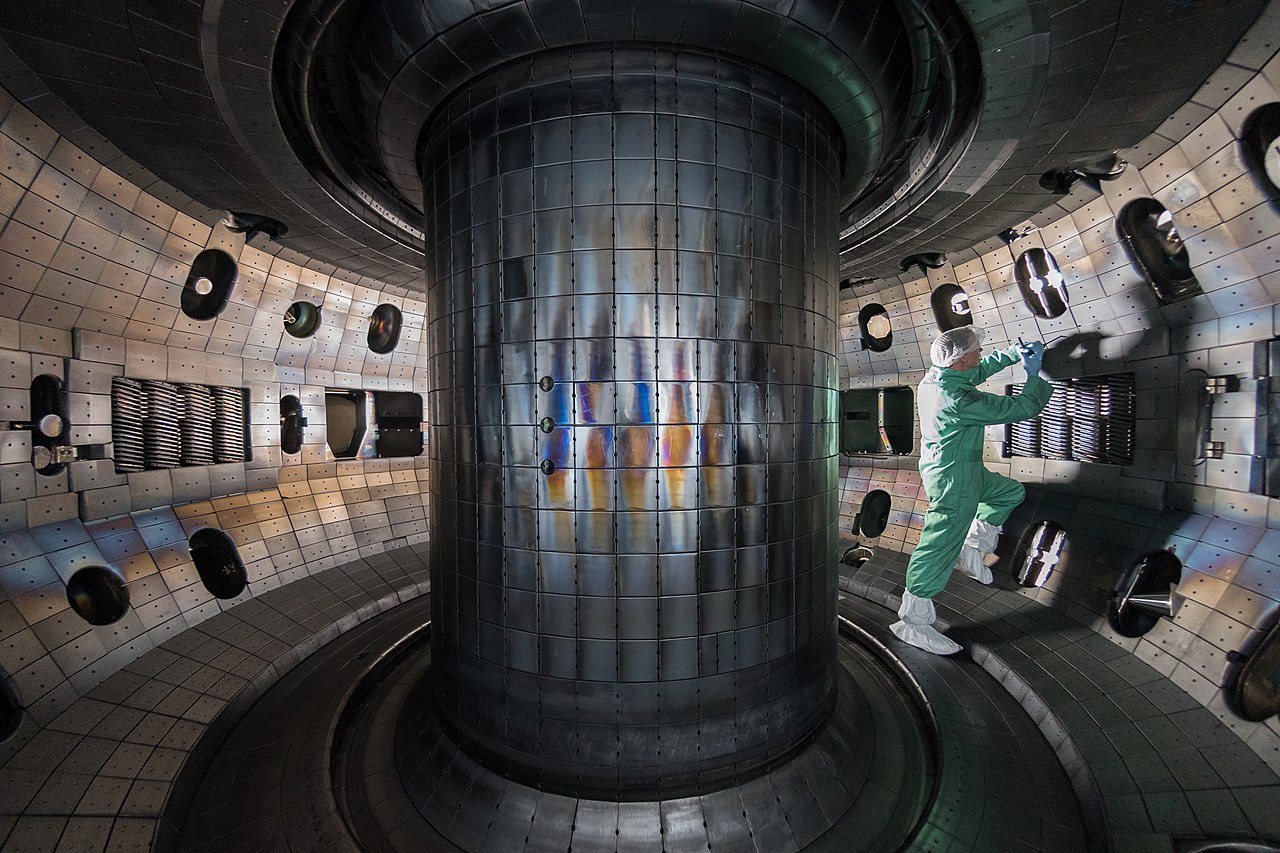Fusion power is a scientific triumph, but not (yet) a commercial one. How do we make it so?

- This month, researchers at the National Ignition Facility achieved something unprecedented: They generated more energy from nuclear fusion than the energy their lasers had put in to spark it.
- However, the lasers were only part of the energy budget. The achievement was a scientific triumph, but commercial application remains decades away because the fusion success generated only about 1% of the total energy used.
- How quickly fusion comes online as a source of energy depends on support and funding. If society continues to invest in fusion technology, we may have fusion power plants in a couple of decades.
On Dec. 5, an array of 192 powerful lasers fired on a pellet the size of a peppercorn. For a split second a miniature star came into being, and just as quickly, it was gone. The micro-star fused together some of the same ingredients found at the center of the Sun, and in the process, it generated more energy than the lasers put in. With that energy gain, researchers for the National Ignition Facility at the Lawrence Livermore National Laboratory achieved something that had never been accomplished. The champagne came out, a press conference was called, and the media told the story of a scientific milestone.
As is often the case, though, the media coverage was uneven. Some outlets described the accomplishment as a turning point in science, while others were more cautious. So what is the truth?
Moving beyond the Industrial Revolution
First, the accomplishment. It is true that the fusion event generated 150% more energy than the lasers themselves provided. This was the first time that fusion using this technique has generated more energy than what is supplied.
However, the lasers were only part of the energy budget. Far more energy was used to power the lasers and other equipment. In fact, the fusion success generated only about 1% of the total energy used. A recent Big Think article gave a more sober assessment of the outcome. In addition, the lasers can only fire, at best, about once every day. A fusion power plant would require thousands of cycles per day. So, this was a scientific triumph, not a commercial one.
But a triumph it was. Fusion is a very promising energy source, even if it is nowhere near ready for deployment. That leads us to the important questions: Why is fusion interesting, and what should we do next?
Energy is what drives our technical society. For over a century, humanity has burned fossil fuels to feed the needs of the Industrial Revolution. These fuels have catalyzed great improvements to people’s lives, but they come with a price. By emitting carbon dioxide into the atmosphere, we are changing the climate. Without real changes to our energy usage, our impact on the globe will grow.
Much has been written on climate change, but all that matters here is the need to wean ourselves from fossil fuels. Since our energy needs are not going away, we need to find sources of energy that don’t emit carbon. Many have been proposed, from wind, solar, and geothermal, to traditional nuclear energy. When we consider all of the possible energy sources, though, fusion stands out as the most powerful. Once the technical problems standing in the way of fusion-based power generation are solved, it will be the clearly superior technology.
Don’t believe it? Think about explosives. Traditional (chemical) explosives are very dangerous, but they are surpassed by atomic (fission) explosives, which are eclipsed in turn by hydrogen (fusion) bombs. The differences in explosive power mirror their potential for energy generation.
Continued support for fusion science is key
Fusion technology is not yet commercially viable. It is the future’s energy source, not today’s. In the meantime, society should continue to develop more familiar green technologies.
But fusion is the future, so how do we bring that future closer? Well, with research and development, of course. We need a group of dedicated scientists, engineers, technicians, and computer professionals to devote their careers to creating the technologies and solving the challenges involved with fusion power generation. This will take time and money.
How is fusion research supported? While there are companies exploring fusion technology — both the laser-initiated version and the far more common version, which employs powerful magnets to contain the fusing material — the vast bulk of fusion support has come from governments. In the U.S., that support is overseen by the Department of Energy. The Department supports a number of national laboratories addressing the scientific problems facing the nation, and Lawrence Livermore is one of a handful of labs tasked with nuclear technologies. (Disclosure: I am a scientist at Fermilab, one of the Department of Energy’s non-nuclear laboratories.)
Since the 1990s, nuclear fusion research in the U.S. has been supported at a rate of about half a billion dollars per year, adjusted to today’s dollars. That sounds like a lot, but it should be contrasted with government support for the fossil fuel industry, which has benefited from direct subsidies to the tune of $20.5 billion dollars per year. Some estimates of indirect annual subsidies actually reach into the hundreds of billions of dollars.
It took time for scientists to reach a point where they could extract more fusion energy output than the laser energy they put in. Fusion was first observed in 1934, and the laser technique was proposed in 1957. So this month’s accomplishment has been at least 75 years in the making. Will it be another 75 years before fusion power plants are a reality?
That depends on support. If society continues to invest in fusion technology, we may have fusion power plants in a couple of decades. The challenges are real but not insurmountable. They can be overcome, and more money means faster solutions.
Fusion technology should not be pursued instead of more mature green-energy technologies, but in addition to them. Like any sensible investor with short-term and long-term investments, society must have a diverse portfolio of investment in future energy technologies.
For today, we congratulate the researchers at Lawrence Livermore for their achievement. We should support them and other fusion scientists as they blaze a path into the future.





